|
Norman Mineta was ten when Japan bombed Pearl Harbor. He was a carefree fourth grader in San Jose, California, who loved baseball, hot dogs, and Cub Scouts. But after the attack, school friends turned on him, calling him the enemy and yelling at him, “Dirty Jap! You bombed Pearl Harbor!” “I looked like the enemy, so they assumed I was,” said Norm, whose parents had immigrated from Japan. “I burned with shame.” The FBI arrested Japanese American leaders, imposed a curfew, and restricted travel. People’s businesses were padlocked and their homes searched. “When we learned about the internment camps, it was very frightening,” Norm said. He and his parents, his older brother, and two of his three older sisters were taken by train to a camp near Heart Mountain, Wyoming, Heart Mountain housed 10,000 internees who lived behind barbed wire in 500 barracks. Their rooms had a single light bulb. No privacy, no closet, no running water. The Mineta family endured these hardships with grace and dignity. Norm found solace in playing baseball and doing well in school. Late in 1944 the family was sent by the government to Chicago so Norm’s father could teach Japanese to American army officers. They lived in a regular house, but were not free to go home. That finally happened when the war ended in 1945. They had been gone three long years. Gradually they resumed their former lives. After high school and college, Norm served in the army. He married, fathered two sons, and joined the family insurance business. Then he was elected mayor of San Jose and later served twenty years in the House of Representatives. While in congress, he and other congressional members sponsored a bill requiring the government to give financial restitution to each living internee. More important, each would receive a letter of apology from the President of the United States. After long and arduous work, the bill passed, becoming the Civil Liberties Act of 1988. Japanese Americans had been exonerated. Only then could healing begin for one of the most egregious civil rights violations in American history. Norm went on the serve in the cabinets of two presidents. Today this distinguished statesman works actively to tell the story of the interment and to ensure the civil rights of all Americans.
0 Comments
 Have you ever tried to learn to do something new, such as riding a two-wheeler bike? You practice for weeks. Then one day the wheels start turning, the bike stays upright with you on it and off you go whizzing down the street. Two Brothers Four Hands tells the story of an artist named Alberto Giacometti (born 1901), and his younger brother Diego (1902) and their struggles to become artists. They grow up in a small Swiss village surrounded by mountains. Alberto likes to read or paint in his father's art studio; Diego spends his days roaming the mountains and observing the wildlife. But despite their differences, the brothers form a deep bond. When they grow up, Diego moves to Paris to help Alberto with his artwork. Alberto labors tirelessly for years trying to express in painting and sculpture the way he sees the world, the way he feels in his heart. He sits at his easel day after day painting a portrait of his younger brother Diego only to destroy it and start again. When he makes sculpture, using plaster to model his brother’s face, he eventually whittles the plaster down to nothing. Patient Diego believes in his brother’s talent but even he gets frustrated. During World War II, as most of Europe battles the German army, Alberto goes to Switzerland to be near their mother. Diego stays in Paris to guard Alberto’s studio. Diego learns to cast plaster molds into bronze and to paint the surfaces with colors of silver, green and gold. After the war, Alberto returns to Paris. Finally back in his familiar studio, he begins to make tall spindly sculptures that capture the spirit of the survivors of war-torn Europe. At the same time Diego begins to craft furniture adorned with the creatures he observed as a child - deer, foxes, turtles, and more. But he's so busy helping Alberto, who is now in great demand for exhibits in museums and galleries that he has to give up on his own work.. “Alberto is the artist. I am merely a craftsman,” Diego often says. After his brother dies, Diego starts handcrafting furniture and he, too, becomes a great success. His tables, chairs, and lamps are so magical that people forget their function and think of them as sculpture. Alberto’s friend the playwright Samuel Beckett once wrote, “Try again. Fail again. Fail better.” Like learning to ride a bike, after trying and failing again, one day you just might get it right. 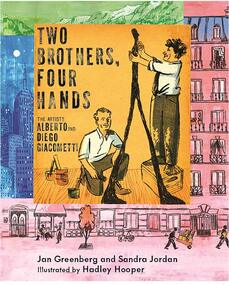 The inspiring true story of the Giacometti brothers, one an artist, the other a daredevil, both devoted to their craft . . . but even more devoted to each other. You can read Vicki Cobb's review here. The United States entered World War II after December 7, 1941, when Japanese carrier-based aircraft destroyed our warships and airfields at Pearl Harbor, Hawaii. At the same time, they attacked United States, British, Dutch and Australian targets all over the western Pacific Ocean with overwhelming force. The British battleship Prince of Wales and the heavy cruiser Repulse were destroyed three days later. A ragtag fleet of smaller Allied warships was crushed at the Battle of the Java Sea on February 27, 1942. Scattered and discouraged, remaining Allied ships retreated south to Australia. The Dutch minesweeper Abraham Crijnssen (CRANE son) was a little boat: 184 feet long, 25 feet wide (56m X 7.5m). She mounted a small cannon and a few machine guns, and she was slow—not a match for any Japanese warship or airplane. Her captain, Commander Anthonie van Miert, called “all hands” for a meeting. Rather than scuttle the boat and surrender, he meant to escape. The chances were slim. He wanted only a crew of volunteers and allowed most of the crew to leave. Two other minesweepers set out to escape before him as his volunteers covered the Crijnssen with camouflage netting. He caught up with them next morning but they weren’t camouflaged, and van Miert steamed on to another anchorage. A wise choice: both minesweepers were spotted by Japanese aircraft. Neither survived. Van Miert couldn’t be caught in the open! His crew repainted the hull to look like shore rocks. Before dawn each morning they pushed up against a jungle island to cut fresh tree branches and foliage. They tied the greenery to the masts and stuck it into the netting. They sat through the day disguised as an innocent island. When night came the little vessel steamed south. She rushed through dangerous, narrow straits then slowed down to save fuel. No lights, all her portholes covered, her lookouts sharp and worried. Toward morning, they found a new island and rigged a new disguise. For eight days the lonely little ship steamed at night and became an island during the day. On March 15, 1942, she docked in Geraldton, Australia. The Crijnssen escaped and survived World War II. Commander van Miert and nine crew members received the Dutch Navy’s Cross of Merit for courage, and for imagination. Today you can visit the tough little island . . . er, ship, at the naval museum in Dan Helder, Netherlands. 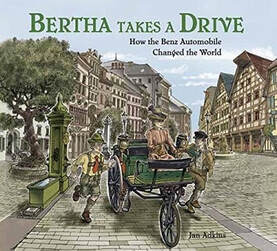 Adkins' latest book is about the first drive in an automobile. The wife of the inventor took her kids to see their grandparents. Learn more about it here. The author/illustrator is a member of iNK's Authors on Call and is available for classroom programs through Field Trip Zoom, a terrific technology that requires only a computer, wifi, and a webcam. Click here to find out more. After the bombing of Pearl Harbor on December 7, 1941, the lives of Japanese Americans instantly changed. As the US declared war on Japan, public scrutiny focused on the 120,000 Japanese Americans living along the Pacific Ocean. Would they help Japan if it attempted an invasion of the coast? A hateful, racist anti-Japanese American campaign swept the nation, and the government decided that for “public safety” Japanese Americans must be isolated in “internment” camps. With little warning, the roundups began. They were forced to sell their homes and possessions for whatever they could get and to give away their pets. They were allowed just two suitcases each as they boarded trains and buses to over-crowded assembly centers, where they waited for months in primitive conditions until the ten permanent camps were ready. Those camps were in isolated, inhospitable locations where the internees lived behind barbed wire, guarded by armed soldiers. Each family was assigned one room in a flimsy wooden barrack furnished only with iron cots. Everyone waited in long lines to use the restrooms and to eat. The children attended schools that were started in the camps. But jobs were scarce and adults had little to do. While they could have sunk into despair, nearly all Japanese Americans wanted America to win the war, and if their confinement helped the war effort, they decided to cooperate and make the best of it. To stay busy they organized scout troops and baseball teams. They hosted talent contests, movie nights, dances, festivals, and celebrations. They started newspapers, libraries, poetry clubs, choirs, bands and orchestras. They took up woodworking and sewing and planted Victory Gardens. In some camps internees were allowed to grow crops to supplement their government surplus food. Each morning they saluted the flag and said the Pledge of Allegiance. Many participated in Red Cross blood drives and knitted socks and scarves to send to soldiers. The young men from the camps who served in the war distinguished themselves with their bravery and helped ensure an Allied victory. After the war, Japanese Americans began the difficult task of rebuilding their lives. Many had lost all their belongings and could not find jobs. Worst of all was the shame they felt over their country’s distrust of them. But they had proved their loyalty. And in spite of this terrible injustice, they raised their children to be good Americans. 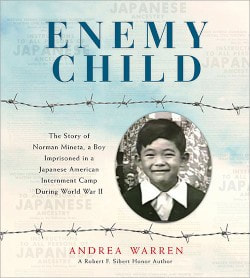 Andrea Warren is the author of nine books of nonfiction for young readers and young adult readers. Each centers on young people who have faced grave challenges in difficult periods of history. Her latest, Enemy Child: The Story of Norman Mineta, a Boy Imprisoned in a Japanese American Internment Camp During World War II, published by Holiday House, received starred reviews in School Library Journal and The Horn Book. It was selected as a 2019 Best Book by School Library Journal and is the recipient of the Bank Street College best nonfiction award. It has also has been honored by the Library of Congress and the Smithsonian’s National Museum of American History. Warren is a previous winner of the Horn Book Award and the Sibert Honor Award. You can read Vicki Cobb's review here. |
*NEWS
|
For Vicki Cobb's BLOG (nonfiction book reviews, info on education, more), click here: Vicki's Blog
The NCSS-CBC Notable Social Studies Committee is pleased to inform you
that 30 People Who Changed the World has been selected for Notable Social Studies Trade Books for Young People 2018, a cooperative project of the National Council for the Social Studies (NCSS) & the Children’s Book Council
Categories
All
Abolitionists
Adams Janus
Adaptation
Adaptations
Adkins Jan
Advertising
Aerodynamics
Africa
African American History
African Americans
Africa West
Agriculture
Aircraft
Air Pilots
Air Pressure
Air Travel
Albee Sarah
Alchemy
Alligators
Allusion
American History
American Icons
Amphibians
Amundsen Roald
Anatomy
Ancient
Ancient Cultures
Anderson Marian 1897-1993
Animal Behavior
Animal Experimentation
Animal Intelligence
Animals
Animation
Antarctica
Ants
Apache Indians
Apes
April Fool's Day
Architecture
Argument
Arithmetic
Art
Art Deco
Artists
Arts
Asia
Astronauts
Astronomy
Athletes
Atomic Theory
Audubon Societies
Authors
Autobiography
Automobiles
Aviation
Awards
Bacteria
Baseball
Battuta Ibn
Bears
Beatles
Beavers
Bees
Biodegradation
Biography
Biology
Biomes
Biomimicry
Biplanes
Birds
Black Death
Black History
Blindness
Blizzards
Bombs
Bonaparte Napoleon
Boone Daniel
Botany
Brazil
Bridges
Brill Marlene Targ
Brooklyn Bridge
Brown John
Buffaloes
Building Materials
Butterflies
Caesar
Caesar Julius
Caissons
Calculus
Calendars
Cannibal
Capitals
Caravaggio
Carbon Dioxide
Carnivores
Carson Mary Kay
Cartoons & Comics
Carving (Decorative Arts)
Cascade Range
Castaldo Nancy
Castles
Castrovilla Selene
Cathedrals
Cats
Caves
Celts
Cemeteries
Chemistry
Children's Authors
Child Welfare
China
Choctaw Indians
Christmas
Chronometers
Cicadas
Cinco De Mayo
Ciphers
Circle
Citizenship
Civil Rights
Civil Rights Movements
Civil War
Civil War - US
Climate
Climate Change
Clocks And Watches
Clouds
Cobb Vicki
COBOL (Computer Language)
Code And Cipher Stories
Collard III Sneed B.
Collectors And Collecting
Color
Commerce
Communication
Competition
Compilers
Composers
Computers
Congressional Gold Medal
Consitution
Contests
Contraltos
Coolidge Calvin
Cooling
Corms
Corn
Counterfeiters
Covid-19
Crocodiles
Cryptography
Culture
Darwin Charles
Declaration Of Independence
Decomposition
Decompression Sickness
Deep-sea Animals
Deer
De Medici Catherine
Design
Detectives
Dickens Charles
Disasters
Discrimination
Diseases
Disney Walt
DNA
Dogs
Dollar
Dolphins
Douglass Frederick 1818-1895
Droughts
Dr. Suess
Dunphy Madeleine
Ear
Earth
Earthquakes
Ecology
Economics
Ecosystem
Edison Thomas A
Education
Egypt
Eiffel-gustave-18321923
Eiffel-tower
Einstein-albert
Elephants
Elk
Emancipationproclamation
Endangered Species
Endangered-species
Energy
Engineering
England
Englishlanguage-arts
Entomology
Environmental-protection
Environmental-science
Equinox
Erie-canal
Etymology
Europe
European-history
Evolution
Experiments
Explorers
Explosions
Exports
Extinction
Extinction-biology
Eye
Fairs
Fawkes-guy
Federalgovernment
Film
Fires
Fishes
Flight
Floods
Flowers
Flute
Food
Food-chains
Foodpreservation
Foodsupply
Food-supply
Football
Forceandenergy
Force-and-energy
Forensicscienceandmedicine
Forensic Science And Medicine
Fossils
Foundlings
France
Francoprussian-war
Freedom
Freedomofspeech
French-revolution
Friction
Frogs
Frontier
Frontier-and-pioneer-life
Frozenfoods
Fugitiveslaves
Fultonrobert
Galapagos-islands
Galleys
Gametheory
Gaudi-antoni-18521926
Gender
Generals
Genes
Genetics
Geography
Geology
Geometry
Geysers
Ghosts
Giraffe
Glaciers
Glaucoma
Gliders-aeronautics
Global-warming
Gods-goddesses
Gold-mines-and-mining
Government
Grant-ulysses-s
Grasshoppers
Gravity
Great-britain
Great-depression
Greece
Greek-letters
Greenberg Jan
Hair
Halloween
Handel-george-frederic
Harness Cheryl
Harrison-john-16931776
Health-wellness
Hearing
Hearing-aids
Hearst-william-randolph
Henry-iv-king-of-england
Herbivores
Hip Hop
History
History-19th-century
History-france
History-world
Hitler-adolph
Hoaxes
Holidays
Hollihan Kerrie Logan
Homestead-law
Hopper-grace
Horses
Hot Air Balloons
Hot-air-balloons
Housing
Huguenots
Human Body
Hurricanes
Ice
Icebergs
Illustration
Imagery
Imhotep
Imperialism
Indian-code-talkers
Indonesia
Industrialization
Industrial-revolution
Inquisition
Insects
Insulation
Intelligence
Interstatecommerce
Interviewing
Inventions
Inventors
Irrational-numbers
Irrigation
Islands
Jacksonandrew
Jazz
Jeffersonthomas
Jefferson-thomas
Jemisonmae
Jenkins-steve
Jet-stream
Johnsonlyndonb
Jokes
Journalism
Keeling-charles-d
Kennedyjohnf
Kenya
Kidnapping
Kingmartinlutherjr19291968
Kingmartinlutherjr19291968d6528702d6
Kings-and-rulers
Kings Queens
Kings-queens
Koala
Labor
Labor Policy
Lafayette Marie Joseph Paul Yves Roch Gilbert Du Motier Marquis De 17571834
Landscapes
Languages-and-culture
Law-enforcement
Layfayette
Levers
Levinson Cynthia
Lewis And Clark Expedition (1804-1806)
Lewis Edmonia
Liberty
Lift (Aerodynamics)
Light
Lindbergh Charles
Liszt Franz
Literary Devices
Literature
Lizards
Longitude
Louis XIV King Of France
Lumber
Lunar Calendar
Lynching
Macaws
Madison-dolley
Madison-james
Madison-james
Mammals
Maneta-norman
Maneta-norman
Marathon-greece
Marine-biology
Marine-biology
Marines
Marsupials
Martial-arts
Marx-trish
Mass
Massachusetts-maritime-academy
Mass-media
Mastodons
Mathematics
May-day
Mcclafferty-carla-killough
Mcclafferty-carla-killough
Mckinley-william
Measurement
Mechanics
Media-literacy
Media-literacy
Medicine
Memoir
Memorial-day
Metaphor
Meteorology
Mexico
Mickey-mouse
Microscopy
Middle-west
Migration
Military
Miners
Mississippi
Molasses
Monarchy
Monsters
Montgomery
Montgomery-bus-boycott-19551956
Montgomery-heather-l
Monuments
Moon
Moran-thomas
Morsecode
Morsesamuel
Moss-marissa
Moss-marissa
Motion
Motion-pictures
Mummies
Munro-roxie
Munro-roxie
Musclestrength
Museums
Music
Muslims
Mythologygreek
Nanofibers
Nanotechnology
Nathan-amy
Nathan-amy
Nationalfootballleague
Nationalparksandreserves
Nativeamericans
Native-americans
Native-americans
Naturalhistory
Naturalists
Nature
Nauticalcharts
Nauticalinstruments
Navajoindians
Navigation
Navy
Ncaafootball
Nervoussystem
Newdeal19331939
Newman-aline
Newman-aline
Newton-isaac
New-york-city
Nobelprizewinners
Nomads
Nonfictionnarrative
Nutrition
Nylon
Nymphs-insects
Oaths Of Office
Occupations
Ocean
Ocean-liners
Olympics
Omnivores
Optics
Origami
Origin
Orphans
Ottomanempire
Painters
Painting
Paleontology
Pandemic
Paper-airplanes
Parksrosa19132005
Parrots
Passiveresistance
Patent Dorothy Hinshaw
Peerreview
Penguins
Persistence
Personalnarrative
Personification
Pets
Photography
Physics
Pi
Pigeons
Pilots
Pinkertonallan
Pirates
Plague
Plains
Plainsindians
Planets
Plantbreeding
Plants
Plastics
Poaching
Poetry
Poisons
Poland
Police
Political-parties
Pollen
Pollution
Polo-marco
Populism
Portraits
Predation
Predators
Presidentialmedaloffreedom
Presidents
Prey
Prey-predators
Prey-predators
Prime-meridian
Pringle Laurence
Prohibition
Proteins
Protestandsocialmovements
Protestants
Protestsongs
Punishment
Pyramids
Questioning
Radio
Railroad
Rainforests
Rappaport-doreen
Ratio
Reading
Realism
Recipes
Recycling
Refrigerators
Reich-susanna
Religion
Renaissance
Reproduction
Reptiles
Reservoirs
Rheumatoidarthritis
Rhythm-and-blues-music
Rice
Rivers
Roaringtwenties
Roosevelteleanor
Rooseveltfranklind
Roosevelt-franklin-d
Roosevelt-theodore
Running
Russia
Safety
Sanitation
Schwartz David M
Science
Scientificmethod
Scientists
Scottrobert
Sculpture
Sculpturegardens
Sea-level
Seals
Seals-animals
Secretariesofstate
Secretservice
Seeds
Segregation
Segregationineducation
Sensessensation
September11terroristattacks2001
Seuss
Sextant
Shackletonernest
Shawneeindians
Ships
Shortstories
Silkworms
Simple-machines
Singers
Siy Alexandra
Slavery
Smuggling
Snakes
Socialchange
Social-change
Socialjustice
Social-justice
Socialstudies
Social-studies
Social-studies
Sodhouses
Solarsystem
Sound
Southeast-asia
Soybean
Space Travelers
Spain
Speech
Speed
Spiders
Spies
Spiritualssongs
Sports
Sports-history
Sports-science
Spring
Squirrels
Statue-of-liberty
STEM
Storms
Strategy
Sugar
Sumatra
Summer
Superbowl
Surgery
Survival
Swanson-jennifer
Swinburne Stephen R.
Synthetic-drugs
Taiwan
Tardigrada
Tasmania
Tasmanian Devil
Tasmanian-devil
Technology
Tecumsehshawneechief
Telegraph-wireless
Temperature
Tennis
Terrorism
Thomas Peggy
Thompson Laurie Ann
Time
Titanic
Tombs
Tortoises
Towle Sarah
Transcontinental-flights
Transportation
Travel
Trees
Trung Sisters Rebellion
Tundra
Turnips
Turtles
Typhoons
Underground Railroad
Us-environmental-protection-agency
Us History
Us-history
Ushistoryrevolution
Us History Revolution
Us-history-war-of-1812
Us Presidents
Ussupremecourtlandmarkcases
Vacations
Vaccines
Vangoghvincent
Vegetables
Venom
Vietnam
Viruses
Visual-literacy
Volcanoes
Voting-rghts
War
Warne-kate
Warren Andrea
Washington-dc
Washington George
Water
Water-currents
Wax-figures
Weapons
Weather
Weatherford Carole Boston
Whiting Jim
Wildfires
Winds
Windsor-castle
Wolves
Woman In History
Women
Women Airforce Service Pilots
Women-airforce-service-pilots
Womeninhistory
Women In History
Women-in-science
Women's History
Womens-roles-through-history
Wonder
Woodson-carter-godwin-18751950
World-war-i
World War Ii
World-war-ii
Wright Brothers
Writing
Writing-skills
Wwi
Xrays
Yellowstone-national-park
Zaunders Bo
ArchivesMarch 2021
February 2021
January 2021
December 2020
November 2020
October 2020
September 2020
June 2020
May 2020
April 2020
March 2020
February 2020
January 2020
December 2019
October 2019
September 2019
August 2019
July 2019
May 2019
April 2019
March 2019
February 2019
January 2019
December 2018
November 2018
September 2018
June 2018
May 2018
April 2018
March 2018
February 2018
January 2018
December 2017
November 2017
October 2017
September 2017
March 2017
The NONFICTION MINUTE, Authors on Call, and. the iNK Books & Media Store are divisions of iNK THINK TANK INC.
a 501 (c) (3) nonprofit corporation. To return to the iNK Think Tank landing page click the icon or the link below. :
http://inkthinktank.org/
For more information or support, contact thoughts@inkthinktank.org
For Privacy Policy, go to
Privacy Policy
© COPYRIGHT the Nonfiction Minute 2020.
ALL RIGHTS RESERVED.
This site uses cookies to personalize your experience, analyze site usage, and offer tailored promotions. www.youronlinechoices.eu
Remind me later
Archives
March 2023
February 2023
January 2023
December 2022
November 2022
October 2022
September 2022
June 2022
May 2022
April 2022
March 2022
February 2022
January 2022
December 2021
November 2021
September 2021
April 2021
March 2021
February 2021
November 2020
October 2020
September 2020
June 2020
May 2020
April 2020
March 2020
February 2020
January 2020
October 2019
August 2019
July 2019
May 2019
April 2019
December 2018
September 2018
June 2018
May 2018
March 2018
February 2018
January 2018
December 2017
November 2017
October 2017
September 2017

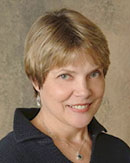


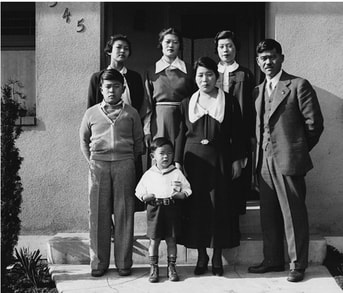
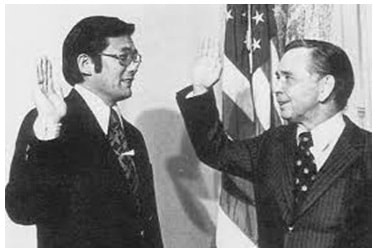
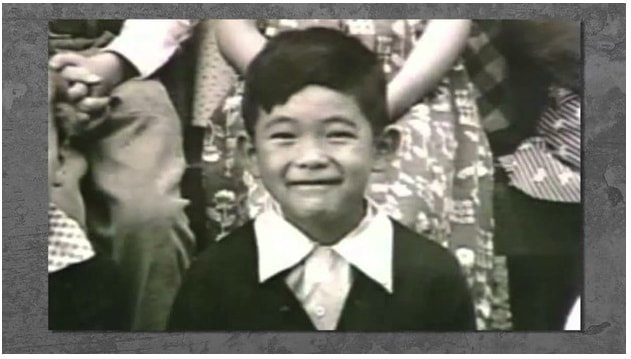
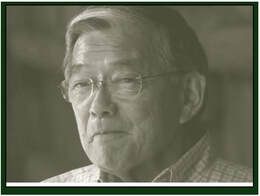
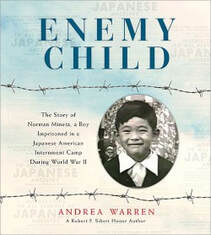
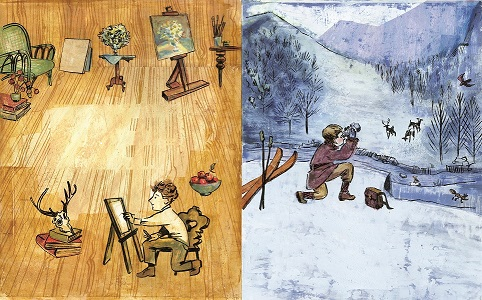
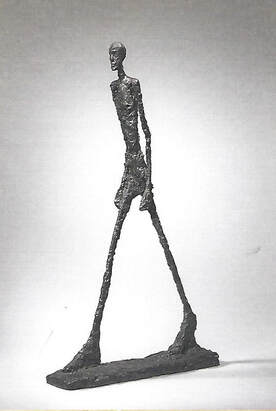
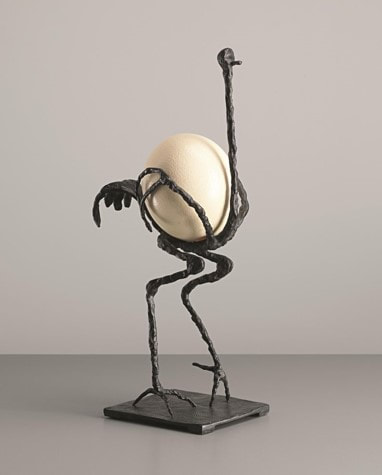
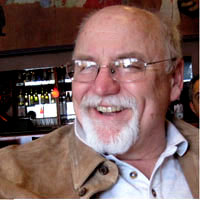

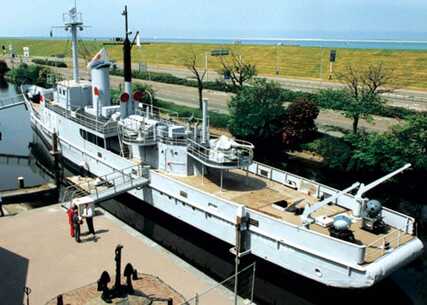
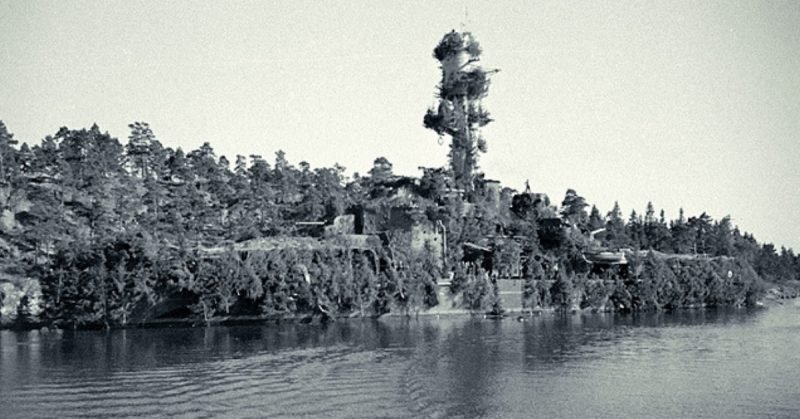

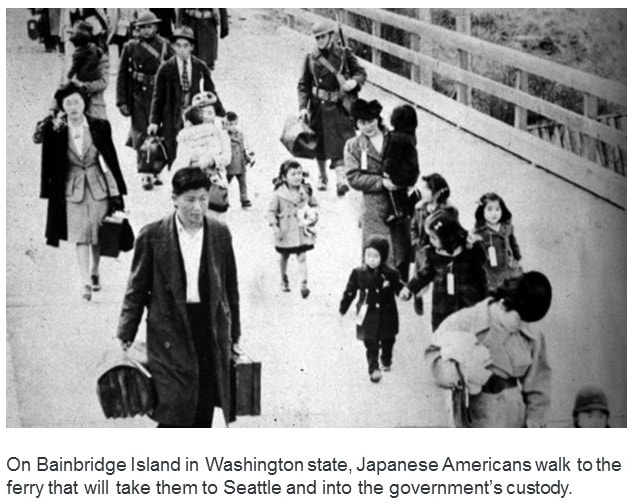
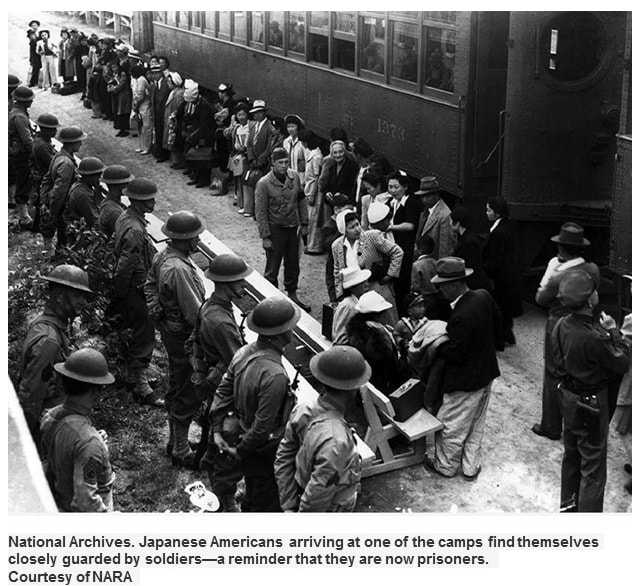
 RSS Feed
RSS Feed
